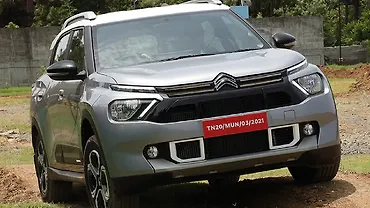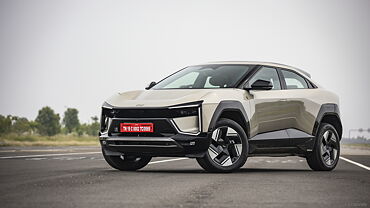
Everybody has been hearing a lot on airbags of late, and some have even questioned whether the ones in older cars would indeed work if involved in a crash. Let’s highlight what’s apparent and put two and two together.
While the endurance of airbag systems are being questioned, we need to understand that it is only due to the use of chemical inflators. These applications make use of an unstable ammonium nitrate to produce hot gases on impact so that the airbag inflates. However, the concern lies in the stability of ammonium nitrate as it deteriorates over time, and the degeneration is accelerated by extreme hot and humid weather too. Reports claim that airbags with ammonium nitrate made by the Takata brand between the years 2001 and 2003 have a 50 per cent failure rate!
Although we could use other inflators like compressed gas and mild explosive materials, they come with their own set of quirks. While gas canisters have a tendency to lose pressure with time, explosives go through some wear and experience a chemical break down over time. Airbag manufacturers have begun to take measures of late to increase the longevity of an airbag inflator, but the problem now lies in the older cars.
There’s some confusion on how concerns can be detected on older cars (over a decade old), as there are currently no tests available. Recently, recalls have also been made due to airbags that could overinflate and send shrapnel into the car. Scott Upham, consultant, Valient Market Research, said, “You’re using a chemical inflator that probably should be changed at least at the seven year mark. Automakers really don’t want to admit that, but I think that’s going to be the result of this Takata debacle.”
Eventually, as time flies, reliable tests or sensors should be able to detect concerns with airbags. But until then, one would rather drive safely, than deal with the inevitable.

![Ashok Leyland Stile [2013-2015] Image Ashok Leyland Stile [2013-2015] Image](https://imgd.aeplcdn.com/272x153/cw/cars/ashok/stile.jpg?q=80)















![Ashok Leyland Stile [2013-2015] Right Front Three Quarter Ashok Leyland Stile [2013-2015] Right Front Three Quarter](https://imgd.aeplcdn.com/199x112/ec/93/FB/11340/img/m/Ashok-Leyland-Stile-Right-Front-Three-Quarter-50877_ol.jpg?v=201711021421&q=80)
![Ashok Leyland Stile [2013-2015] Right Front Three Quarter Ashok Leyland Stile [2013-2015] Right Front Three Quarter](https://imgd.aeplcdn.com/199x112/ec/93/FB/11340/img/l/Ashok-Leyland-Stile-Right-Front-Three-Quater-21519.jpg?v=201711021421&q=80)
![Ashok Leyland Stile [2013-2015] Rear View Ashok Leyland Stile [2013-2015] Rear View](https://imgd.aeplcdn.com/199x112/ec/93/FB/11340/img/orig/Ashok-Leyland-Stile-Rear-view-20646.jpg?v=201711021421&q=80)
![Ashok Leyland Stile [2013-2015] Dashboard Ashok Leyland Stile [2013-2015] Dashboard](https://imgd.aeplcdn.com/199x112/ec/93/FB/11340/img/l/Ashok-Leyland-Stile-Dashboard-Storage-21534.jpg?v=201711021421&q=80)
![Ashok Leyland Stile [2013-2015] Dashboard Ashok Leyland Stile [2013-2015] Dashboard](https://imgd.aeplcdn.com/468x263/ec/93/FB/11340/img/l/Ashok-Leyland-Stile-Dashboard-21535.jpg?v=201711021421&q=80)
























